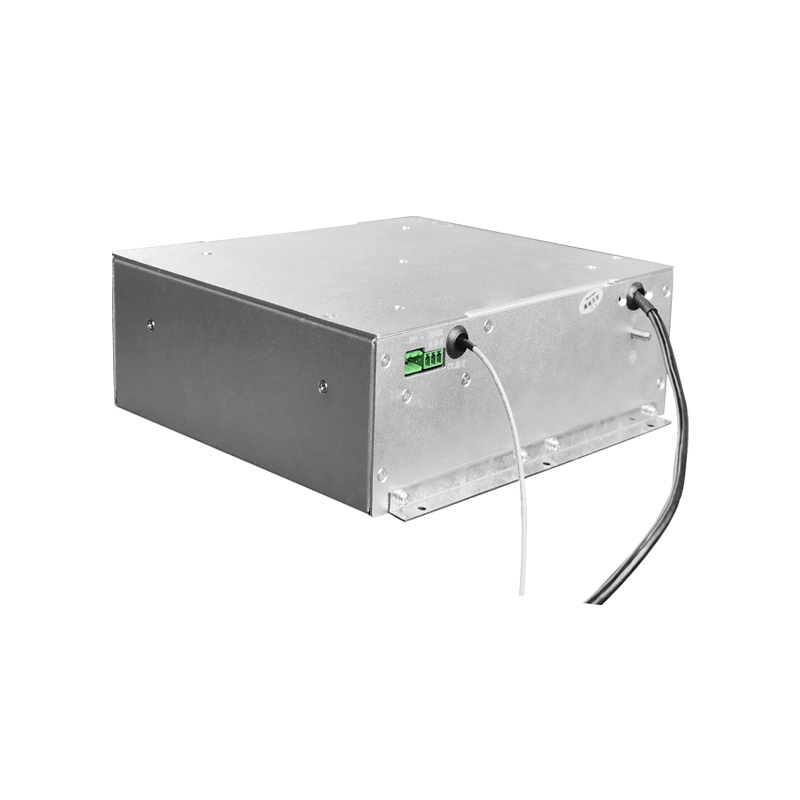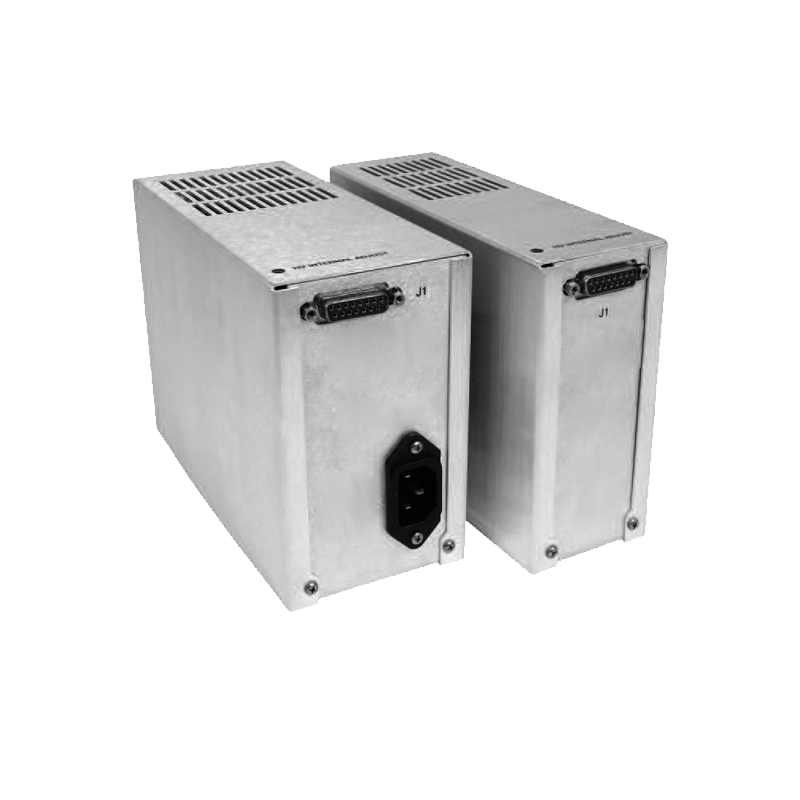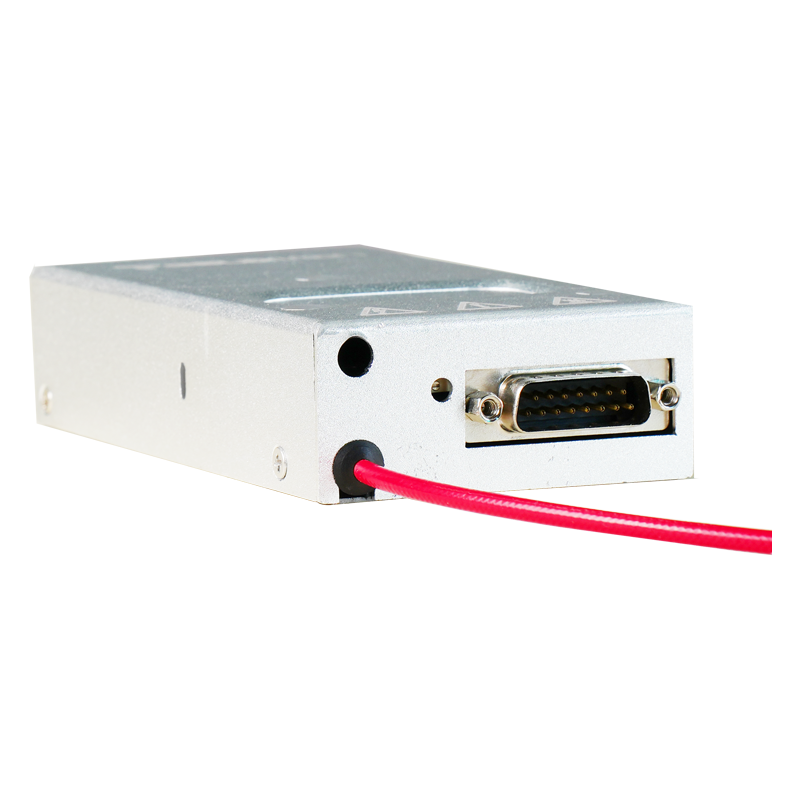Comparison and advantages of pulsed high voltage power supply and other treatment methods in coronary artery calcification
Coronary artery calcification refers to the deposition of calcium salts on the coronary artery wall, causing vascular sclerosis, deformation and narrowing, affecting the blood supply of the myocardium. Coronary artery calcification is an important risk factor for coronary heart disease, and also a major challenge for percutaneous coronary intervention (PCI). Traditional PCI treatment methods include balloon dilation and stent implantation, but for moderate to severe calcified lesions, these methods often have poor effects, or even cause vascular damage, stent deformation, restenosis and other complications. To overcome these difficulties and risks, a new type of PCI treatment method has emerged in recent years: intravascular shock wave technology. This technology uses a pulsed high voltage power supply to generate high-energy sound waves (i.e., shock waves), which are introduced into the calcified site through a specially designed balloon, to fracture and modify the calcified plaque, thereby reducing its resistance and hardness, increasing its plasticity and expandability. After intravascular shock wave treatment, balloon dilation and stent implantation can improve the success rate and safety of PCI treatment. Intravascular shock wave technology has the following advantages compared with other PCI treatment methods:
Shock waves can effectively break up calcified plaques and make them more evenly distributed and closer to the vessel wall, thereby reducing the pressure and time required for balloon dilation, lowering the risk of vascular injury, perforation, no reflow etc.
Shock waves can improve the tissue structure of calcified plaques and promote their contact and adhesion with stents, thereby increasing the accuracy and stability of stent implantation reducing problems such as stent deformation displacement entrapment etc.
Shock waves can stimulate vascular wall to produce a certain degree of endothelial damage release growth factors anti-coagulation factors that are beneficial to vascular repair recanalization thereby reducing complications such as restenosis intra-stent thrombosis etc.
In summary pulsed high voltage power supply as a new type of PCI treatment tool has obvious advantages in dealing with moderate to severe calcified lesions. Several clinical trials have confirmed its effectiveness safety it has been successfully applied in many hospitals at home abroad.




















